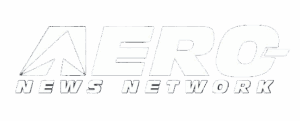NASA has issued the clarion call for wannabe astronauts to throw in their applications, citing a deadline for the next class of spacebound aviators of April 16, 2024.

Astronauts selected will eventually make their way to space in a variety of programs, from trips to operate aboard the International Space Station, future commercial space stations, or the crown jewel of future NASA activity, missions to the Moon under the ARTEMIS program.
Of course, the requirements to apply are somewhat stout, even beyond the required long-duration NASA Flight Astronaut physical. Applicants must hold a Master's degree, Medical degree, 2 years in a STEM doctorate program, or completion of a recognized test pilot school program. (Given the breadth of NASA expertise, some wiggle room applies, of course.) In addition, applicants must have a "minimum of 3 years of related professional experience obtained after degree completion" in their field, or 1,000 Pilot-in-Command hours for pilots, 850 of which must be in high-performance jet aircraft. For medical doctors, time in residency may be counted towards experience, but all must be completed by June of 2025.
Astronaut candidates are described as having "skills in leadership, teamwork and communications," in addition to all of the above. The class of astronauts will be included in the "Artemis Generation", a group that will explore a previously unvisited part of Luna's South Pole.
In order to get into the class, the Astronaut Selection Board reviews each applicant before inviting them to the appropriate interviews. Generally, only about half of them are invited to sit for an interview, and from those select few that pass muster, there's a slot at the Johnson Space Center waiting for them. Once they report for training, they learn to operate on EVA missions, work and live aboard the Space Station, fly T-38 jet planes, and control robotic arms. The Artemis Generation has a pretty good shot at being a historic group, too, given the upcoming missions to the Moon and beyond.
FMI: www.nasa.gov


